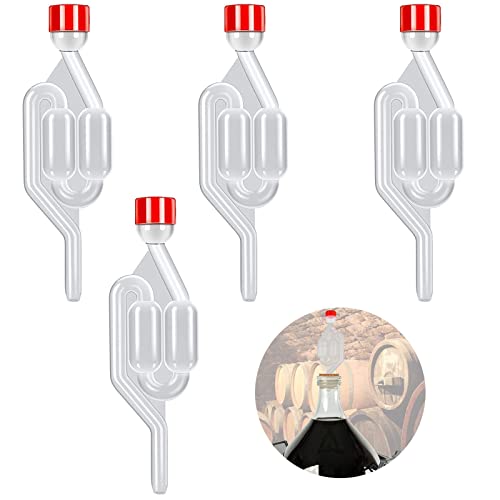MyQul
Chairman of the Bored
One of the easiest ways to do this is to plan a series of brews - e.g. pale ale, mild, ESB and old ale - and simply pitch each brew onto the yeast cake of the previous one.
I did almost exactly this with a liquid yeast (WLP007); all the ferments worked very well and produced some of the best tasting beers I've made. It also made the cost of the high quality yeast about ã1.60 a go.
Cheers - Louis MacNeice
I've never done this and I personally don't advocate it. It does work in both theory and practice (as you've proved), but there are consequences to such massive over pitching. Such as over attenuation and a more bitter tasting beer than planned. Also by the third or fourth brew there's a lot of dead cells on there so you may be risking autolysis. Are you just pitching onto the same yeast cake in the same fermenter rather than removeing the entire yeast cake and putting it in a clean FV? Because if you are your also risking infection, especially in summer






























![BREWING THERMOMETER STICKERS ACCURATELY MONITOR FERMENTING BEER & WINE LIQUID TEMPERATURES 5PCS HOME BREW SPIRITS WINE LCD ADHESIVE [US]](https://m.media-amazon.com/images/I/311DDjo2X3L._SL500_.jpg)









